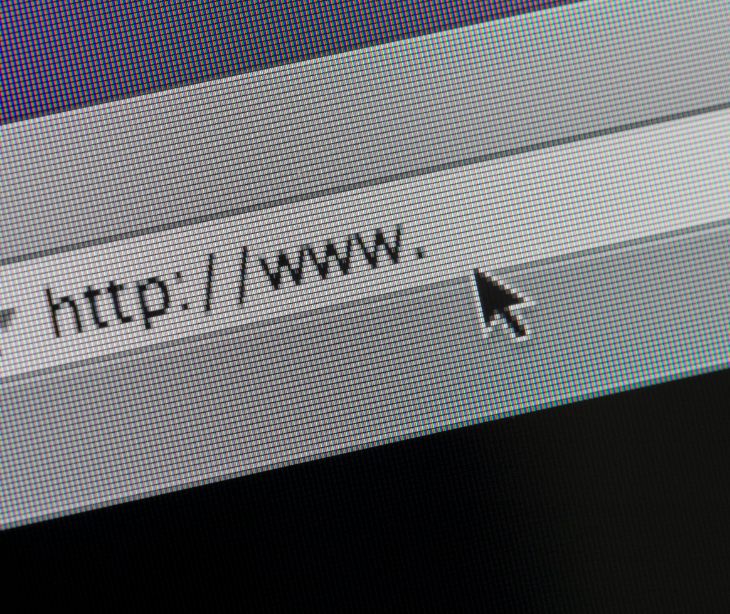
A lookalike domain is a web domain designed to closely resemble a legitimate or trusted domain, often to deceive users into thinking it is a genuine site. Cybercriminals typically use these domains for phishing attacks, credential theft, or other fraudulent activities.
How does a lookalike domain work?
Lookalike domains exploit user trust by mimicking the appearance of a legitimate URL. They may incorporate:
- Misspellings: Using typos or common spelling errors (e.g., "goolge.com" instead of "google.com").
- Homoglyphs: Replacing characters with visually similar ones (e.g., using "rn" to mimic "m").
- Extra words or characters: Adding prefixes or suffixes (e.g., "secure-paypal.com" instead of "paypal.com").
- Different top-level domains: Changing the extension (e.g., ".net" or ".org" instead of ".com").
- Subdomains: Using subdomains to impersonate a service (e.g., "login.bank.com.fake-site.com").
Read also: What is domain name spoofing?
Common uses
Cybercriminals frequently exploit lookalike domains for a range of malicious purposes. Here are some of the most common ways they are used to deceive and harm users:
- Phishing attacks: Trick users into entering sensitive information like login credentials.
- Malware distribution: Direct users to download malicious software.
- Brand exploitation: Impersonate legitimate brands to scam users or tarnish reputations.
- Advertising fraud: Redirect traffic meant for the original domain to a competitor or malicious site.
Related: What are the most common cyberattacks in healthcare?
Prevention and detection
Preventing and detecting lookalike domains requires a combination of caution, technology, and proactive measures. By staying vigilant and implementing the following strategies, individuals and organizations can mitigate the risks associated with these domains:
- Be cautious: Inspect URLs closely before clicking, especially in emails or messages.
- Browser security: Use a browser with anti-phishing and anti-malware tools.
- Domain monitoring: Companies can monitor for domains similar to their own.
- Certificates: Check for a valid SSL/TLS certificate (though this alone doesn’t guarantee legitimacy).
- Training: Educate employees and users on recognizing lookalike domains.
See also: HIPAA Compliant Email: The Definitive Guide
FAQs
What are the risks of interacting with a lookalike domain?
Risks include phishing attacks, identity theft, malware infections, financial fraud, and brand reputation damage.
Why are lookalike domains so effective in cyberattacks?
Lookalike domains exploit human error, such as quickly scanning URLs or trusting familiar-looking names. They often accompany convincing phishing emails or ads, increasing their credibility.
What industries are most targeted by lookalike domains?
Industries like finance, healthcare, e-commerce, and technology are common targets because they handle sensitive data and financial transactions.
Subscribe to Paubox Weekly
Every Friday we'll bring you the most important news from Paubox. Our aim is to make you smarter, faster.



